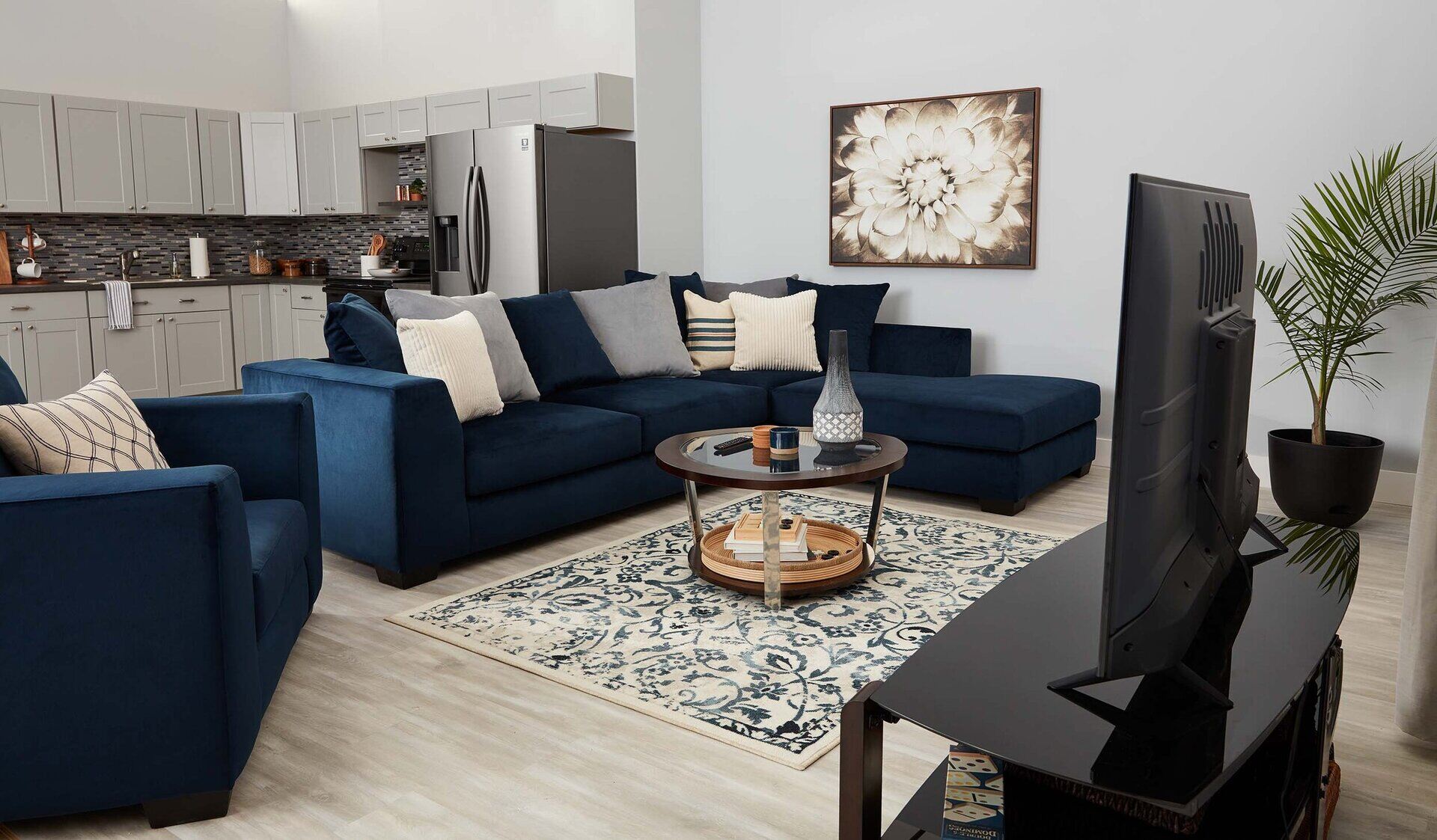

Articles
Where To Place A Rug In A Living Room
Modified: October 20, 2024
Discover expert tips and advice on where to strategically place a rug in your living room. Read our informative articles for practical insights and stylish inspiration.
(Many of the links in this article redirect to a specific reviewed product. Your purchase of these products through affiliate links helps to generate commission for Storables.com, at no extra cost. Learn more)
Introduction
When it comes to decorating a living room, there are numerous elements to consider, such as furniture arrangement, color scheme, and lighting. Among these, one often overlooked but crucial aspect is the placement of a rug. A rug can tie the room together, add warmth and coziness, and define different areas within the space. However, placing a rug in the wrong position can disrupt the overall flow and balance of the room.
In this article, we will explore various factors to consider when placing a rug in a living room. From under the seating area to as a divider in an open-concept space, we will delve into the different options and discuss their pros and cons. By understanding these considerations, you can make an informed decision that elevates your living room’s aesthetic appeal and functionality.
So, let’s dive into the world of rug placement and discover how to bring harmony and visual appeal to your living room!
Key Takeaways:
- The placement of a rug in a living room is crucial for enhancing the overall aesthetic appeal and functionality of the space. Factors such as room size, furniture layout, and style should guide your decision to create a visually captivating and inviting living room.
- Whether you choose to place the rug under the seating area, in front of the furniture, or as a divider in an open-concept living room, each placement option brings its own unique charm and benefits. Consider the specific needs of your living room and select a rug that complements the overall design aesthetic to create a harmonious and visually captivating space.
Read more: Where To Place Bookshelf In Living Room
Factors to consider when placing a rug in a living room
When it comes to placing a rug in your living room, there are several factors that you should take into consideration. These factors will help you determine the best placement for your rug, ensuring that it enhances the overall look and feel of the space while serving its purpose. Here are some key factors to keep in mind:
- Room size: The size of your living room is an important factor to consider when placing a rug. It’s essential to choose a rug that is proportionate to the size of the room. A too-small rug can make the space feel disjointed, while an oversized rug can overwhelm the room. Take measurements of your living room before selecting a rug to ensure the perfect fit.
- Furniture layout: Consider the layout and arrangement of your furniture when deciding where to place the rug. Do you have a central seating area or multiple seating areas? Determine whether you want the rug to anchor the entire seating area or just a specific portion of it. Take into account the placement of sofas, chairs, and coffee tables, and envision how the rug will fit in with the overall furniture arrangement.
- Functionality: Think about how you and your family will be using the living room. If you have young children or pets, you may want to place the rug strategically to minimize wear and tear. It’s also important to consider the level of foot traffic in different areas of the room. Placing a rug in high-traffic areas can help protect your flooring and add a layer of comfort.
- Style and theme: The style and theme of your living room should guide your rug placement decisions. Consider the overall aesthetic you want to achieve. If you have a minimalist or modern theme, you may opt for a rug placed in the center of the room, allowing the furniture to surround it. For a more traditional or eclectic look, you might place the rug partially under the furniture to create a cozy and layered effect.
- Visual balance: Achieving visual balance is crucial when placing a rug in a living room. You want the rug to complement the other elements in the space rather than overpowering them. Pay attention to the colors, patterns, and textures in your room and choose a rug that harmonizes with the rest of the decor. Additionally, consider the shape of the rug. Round rugs can soften sharp angles, while rectangular rugs can define boundaries and create an organized look.
- Budget: Lastly, your budget will play a role in determining the size and type of rug you choose, which will, in turn, influence the placement. It’s important to establish a budget and explore different rug options within your price range. There are various types of rugs available, including natural fiber, synthetic, and handmade rugs, each with its own price range. Consider the durability and maintenance requirements of the rug when making your decision.
By taking these factors into consideration, you can make an informed decision about where to place a rug in your living room. Remember to prioritize the overall functionality and aesthetics of the space, as well as your personal preferences, to create a visually appealing and inviting living room.
Under the seating area
Placing a rug under the seating area is a popular choice for many living rooms, as it helps to anchor the furniture and create a cohesive gathering space. This placement option works well for both small and large living rooms, providing a sense of unity and organization.
When opting for a rug under the seating area, ensure that the rug is large enough to accommodate all the furniture in the designated area. The front legs of the sofas and chairs should sit on the rug, while the back legs can rest off the rug. This creates a visually appealing and harmonious look.
By placing a rug under the seating area, you create a defined space within the living room, making it feel cozy and inviting. This arrangement also helps to protect the flooring beneath the furniture from wear and tear, prolonging its lifespan.
Choose a rug that complements the size and shape of your seating area. For larger spaces, opt for a larger rug that extends beyond the furniture, allowing ample room for movement. In smaller spaces, a smaller rug can work as long as it still covers the area where the furniture is placed.
Additionally, consider the texture and material of the rug. A plush rug can create a comfortable and luxurious feeling, while a low-pile rug can provide a sleek and modern look. Take into account the overall style and theme of your living room when selecting the rug to ensure it blends seamlessly with the rest of the decor.
One tip to keep in mind when placing a rug under the seating area is to leave a border of flooring visible around the edges. This helps to create a visual break between the rug and the surrounding flooring, adding depth and dimension to the space.
Overall, placing a rug under the seating area is a versatile and timeless choice that can transform your living room. It creates a clear focal point, adds comfort, and ties the furniture together, resulting in a visually appealing and functional space.
Partially under the furniture
Another option for placing a rug in a living room is to have it partially under the furniture. This placement style can create a layered and cozy effect, adding visual interest to the room. It’s a great choice for those who want to showcase both the rug and the furniture.
To achieve this look, place the rug in front of the furniture, allowing the front legs of the sofas and chairs to rest on the rug while the back legs remain on the flooring. This creates a sense of depth and dimension, visually separating the seating area from the rest of the room.
One of the benefits of this placement is that it allows you to showcase the flooring beneath the furniture, adding a touch of elegance and highlighting the design elements of the flooring. The contrasting textures and colors between the rug and the flooring can create a visually dynamic and interesting look.
When selecting a rug for this placement style, consider the size and shape of the furniture. Choose a rug that is large enough to accommodate the furniture in the designated area. The front legs should comfortably rest on the rug, ensuring that it doesn’t feel cramped or unbalanced.
Additionally, pay attention to the style of the rug and how it complements the furniture. A patterned rug can add visual intrigue and create a focal point in the room, while a solid-colored rug can provide a more subtle and cohesive look. Consider the overall color scheme and theme of your living room to select a rug that enhances the aesthetic appeal.
If you have a coffee table in your living room, you can either place it on top of the rug or partially on the rug. Placing the coffee table on the rug can create a cohesive and unified look, while placing it partially on the rug can add an interesting layering effect.
Overall, placing a rug partially under the furniture is a creative and stylish choice that can elevate the look of your living room. It adds depth, texture, and personality to the space, making it feel warm and inviting.
In front of the furniture
Placing a rug in front of the furniture is an alternative placement option that can create a defined and visually appealing space in your living room. This style is particularly suitable for smaller living rooms or areas where you want to highlight a specific area, such as a sitting or conversation area.
When using this placement style, position the rug in front of the furniture, extending it to cover the area where the seating arrangement is located. The rug should be large enough to encompass the coffee table and the seating arrangement, allowing for a comfortable and cohesive look.
Placing the rug in front of the furniture allows you to create a clear and dedicated area for conversation and relaxation. It helps define the space and provides a visual anchor, giving the room a sense of purpose and organization.
When selecting a rug for this placement, consider the dimensions of the furniture and the available space. Opt for a rug size that allows for sufficient coverage in front of the seating area, leaving enough room for people to comfortably walk around the rug without feeling cramped.
Another aspect to consider is the shape and style of the rug. Rectangular rugs are the most common choice for this placement, but round or oval rugs can also work well, depending on the shape of your furniture and the overall aesthetic of the room.
Consider the design and color of the rug in relation to the rest of the room. A pop of color or an interesting pattern can add visual interest and become a focal point in the space. Alternatively, a neutral or subtle pattern can create a cohesive and harmonious look, allowing the other elements in the room to shine.
By placing a rug in front of the furniture, you can create a comfortable and inviting space for conversation and relaxation. It helps define the seating area and adds a touch of style and personality to your living room.
Place a rug in the living room under the front legs of the furniture to anchor the space and create a cohesive look. This helps define the seating area and adds warmth to the room.
Read more: How To Place Area Rugs In Living Room
Alongside the furniture
Placing a rug alongside the furniture is a unique and creative option for rug placement in a living room. This style can create a sense of structure and symmetry, adding visual interest to the space. It is particularly suitable for larger living rooms or open-concept spaces.
To achieve this placement, position the rug parallel to the furniture, extending it alongside the length of the seating area. This creates a visual connection between the furniture and the rug, giving the room a cohesive and balanced look.
Placing the rug alongside the furniture can help define the seating area and create a designated space for conversation and interaction. It visually connects the various elements of the room, making the space feel more harmonious and intentional.
When selecting a rug for this placement, consider the size and shape of the furniture and the available space. Make sure the rug is long enough to span the length of the seating area and wide enough to accommodate the furniture without feeling crowded.
One of the advantages of placing the rug alongside the furniture is that it allows you to showcase both the rug and the flooring. By leaving a border of flooring visible on the sides, you create a visual break between the rug and the surrounding area, adding depth and dimension to the room.
Consider the style and pattern of the rug in relation to the overall aesthetic of the room. A bold or patterned rug can become a statement piece, drawing attention and becoming a focal point in the space. On the other hand, a neutral or subdued rug can create a more understated and cohesive look, allowing the furniture to take center stage.
Don’t be afraid to experiment with different rug shapes, such as rectangular, round, or even runner rugs, depending on the layout and shape of your furniture. Each shape can offer a unique visual dynamic and contribute to the overall style of the room.
Overall, placing a rug alongside the furniture adds structure and visual interest to a living room. It creates an intentional and balanced look, making the space feel cohesive and well-designed.
In the center of the room
Placing a rug in the center of the room can create a bold and eye-catching focal point in your living room. This placement style is ideal for spacious rooms or open-concept living spaces where the rug can serve as a statement piece.
When choosing to place the rug in the center of the room, make sure you select a rug that is large enough to fill the space while leaving an equal border of flooring around the edges. This creates a balanced and visually pleasing look.
By positioning the rug in the center, you can create a sense of symmetry and harmony in the room. It visually anchors the furniture and brings all the elements together, creating a cohesive and inviting space.
Consider the shape and size of the room when selecting a rug for this placement. Rectangular or square rugs are common choices, but you can also experiment with round or irregular-shaped rugs for a more unique and artistic look.
Another aspect to consider is the style and pattern of the rug. A rug with a bold pattern or vibrant colors can become the focal point of the room, adding a touch of personality and visual interest. Alternatively, a more neutral or subtle rug can provide a foundation for other elements in the room to shine, such as artwork or furniture pieces.
One advantage of placing the rug in the center of the room is that it allows you to showcase the flooring around the rug. Whether you have hardwood, laminate, or tile flooring, leaving a border of flooring visible can add contrast and texture, enhancing the overall visual appeal of the room.
Keep in mind that placing a rug in the center of the room may require rearranging the furniture to create a cohesive layout. The furniture should be arranged around the rug, with the seating area facing the center. This arrangement promotes conversation and creates a sense of unity within the space.
Overall, placing a rug in the center of the room can create a stunning and captivating visual impact. It becomes the focal point of the room, anchoring the furniture and bringing all the elements together for a harmonious and inviting living space.
As a divider in an open-concept living room
In an open-concept living room where there are multiple functional areas or no distinct boundaries, using a rug as a divider can be a strategic and practical choice. This placement style helps define different zones within the space, creating a sense of organization and visual separation.
When using a rug as a divider, consider the layout and function of the room. Identify the different areas you want to define, such as the seating area, dining area, or a workspace. Then, place the rug in such a way that it visually separates these areas from one another.
One option is to use multiple rugs of different sizes and shapes to designate each zone. For example, you can use a large area rug under the seating area, a smaller rug under the dining table, and a runner rug in the workspace. This approach creates a clear distinction between the various functional areas while maintaining a cohesive look.
Choose rugs that complement one another, whether it’s through color, pattern, or material. Consistency in the overall design and aesthetic helps tie the different rugs together and ensures a harmonious flow throughout the open space.
Another option is to use a single large rug that spans the entire open-concept area. Position the rug to cover the majority of the space, leaving equal borders of flooring visible around the edges. This creates a unified look and visually connects the different zones within the room.
When selecting a rug for this placement, consider the size and scale of the space. A larger room may require a larger rug to effectively define the different zones, while a smaller room may benefit from smaller rugs to avoid overwhelming the space.
In terms of style, choose a rug that complements the overall design aesthetic of the room. Whether it’s a modern, rustic, or eclectic style, the rug should enhance the ambiance and tie together the different elements in the open-concept living room.
Using a rug as a divider in an open-concept living room not only provides visual separation but also helps with acoustics by absorbing sound and creating a more intimate atmosphere within each zone. This placement style adds functionality and visual appeal to the space, enhancing its overall design and functionality.
Conclusion
Placing a rug in a living room is a crucial aspect of interior design that can greatly enhance the overall aesthetic appeal and functionality of the space. Whether you choose to place the rug under the seating area, partially under the furniture, in front of the furniture, alongside the furniture, in the center of the room, or as a divider in an open-concept living room, each placement option brings its own unique charm and benefits.
When considering rug placement, several factors should guide your decision-making process. Room size, furniture layout, functionality, style and theme, visual balance, and budget all play a role in determining the best placement option for your living room. It’s important to strike a balance between the visual impact of the rug and its practicality within the space.
By carefully considering these factors and selecting a rug that complements the overall design aesthetic, you can create a harmonious and visually captivating living room. The rug becomes more than just a decorative element—it becomes a defining feature that ties the entire room together.
Remember to attend to the specific needs of your living room and consider how the rug placement will impact the flow and organization of the space. Whether you choose to make a bold statement with a rug placed in the center of the room or opt for a more subtle rug placement to enhance certain zones, the goal is to create a visually appealing, comfortable, and inviting living room.
So, take the time to explore different rug options, consider the placement options that align with your style and needs, and bring your living room to life with a well-placed and thoughtfully chosen rug. It’s an investment that will not only elevate the aesthetic of your living space but also enhance your daily living experience.
Frequently Asked Questions about Where To Place A Rug In A Living Room
Was this page helpful?
At Storables.com, we guarantee accurate and reliable information. Our content, validated by Expert Board Contributors, is crafted following stringent Editorial Policies. We're committed to providing you with well-researched, expert-backed insights for all your informational needs.
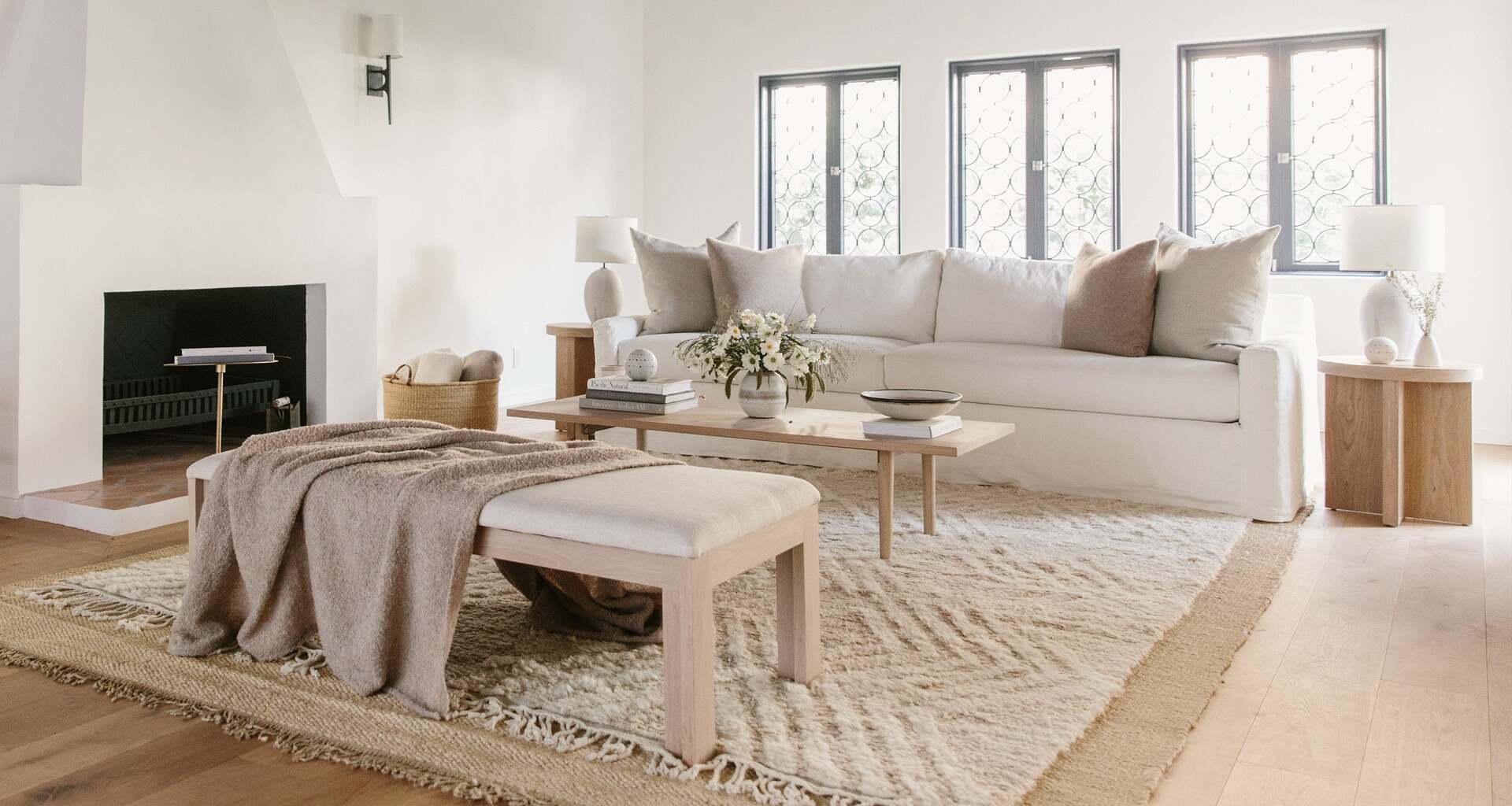
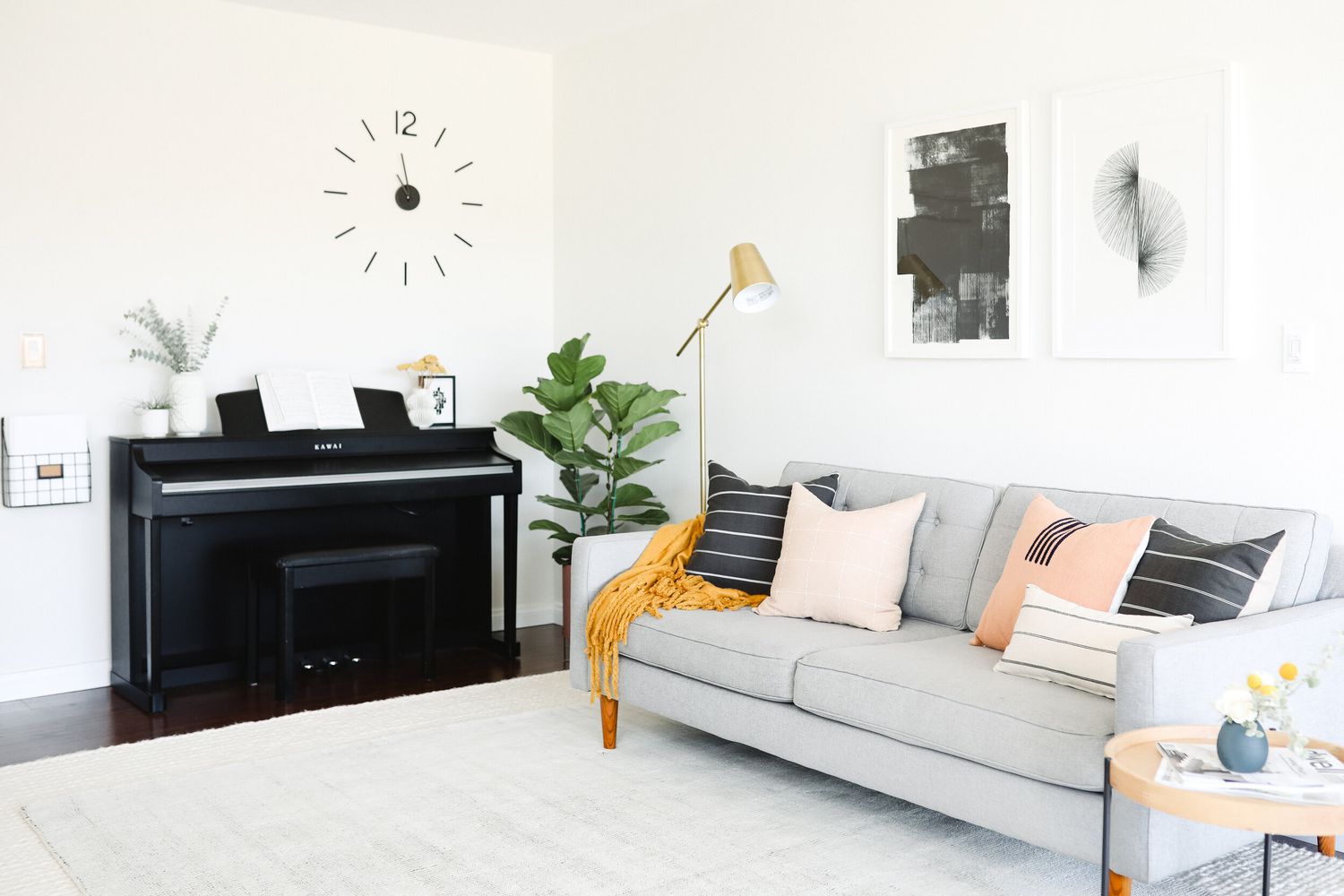
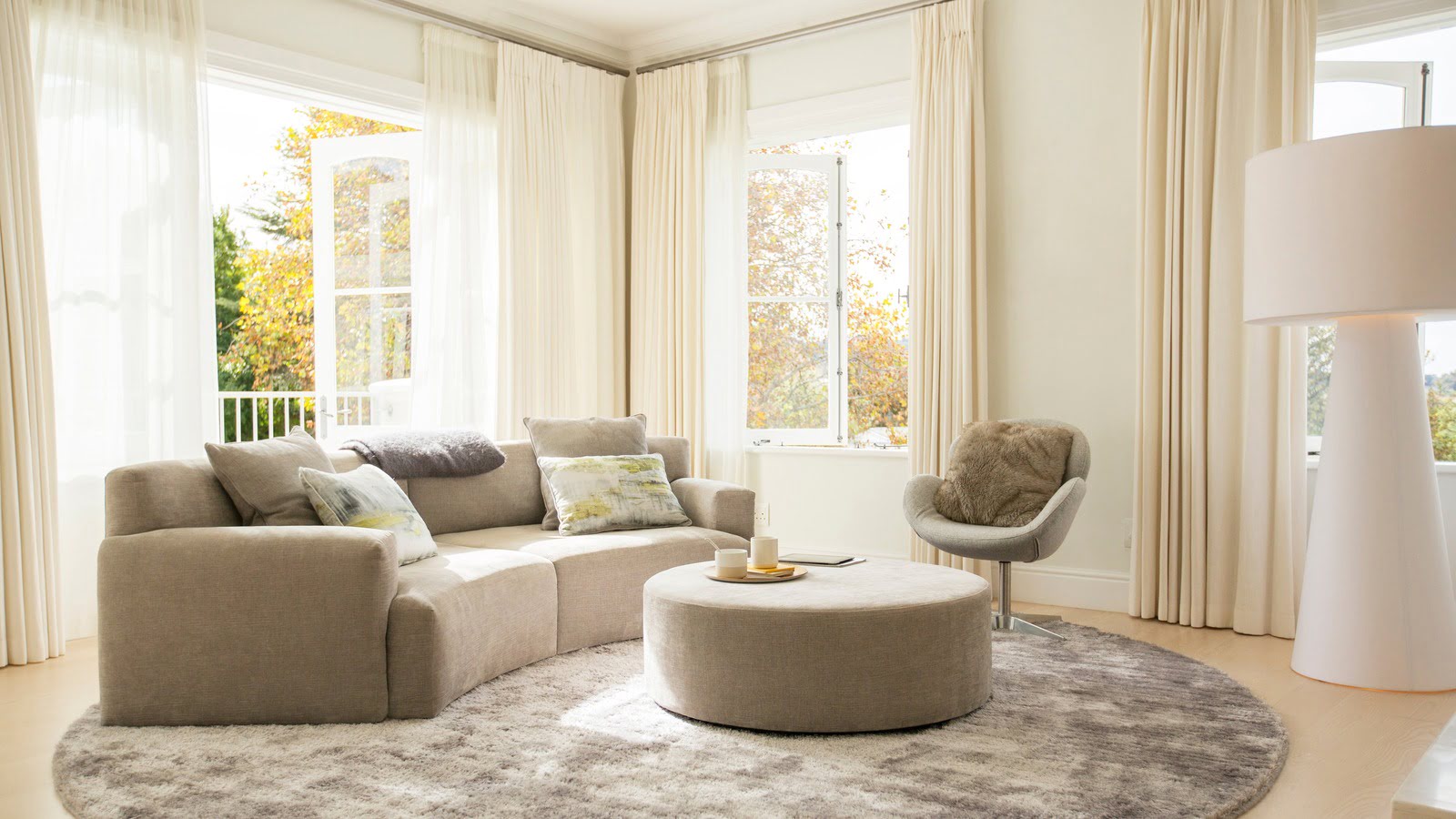
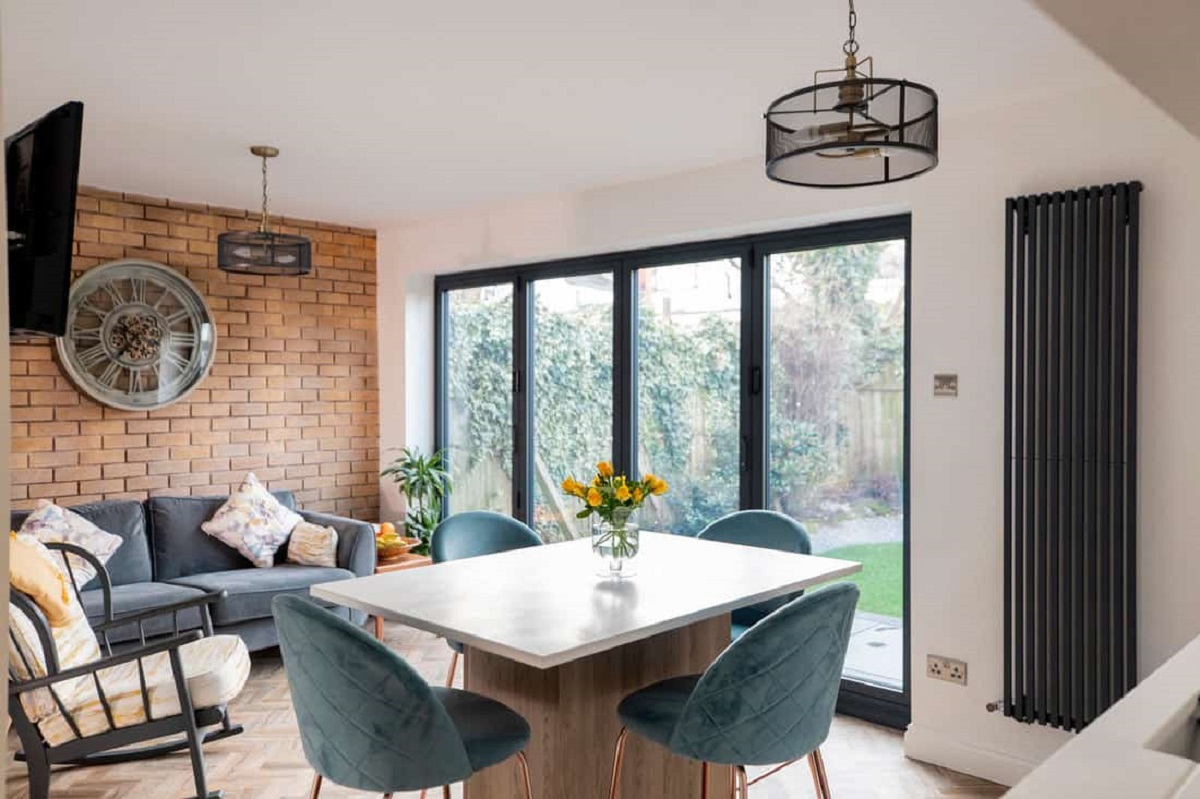
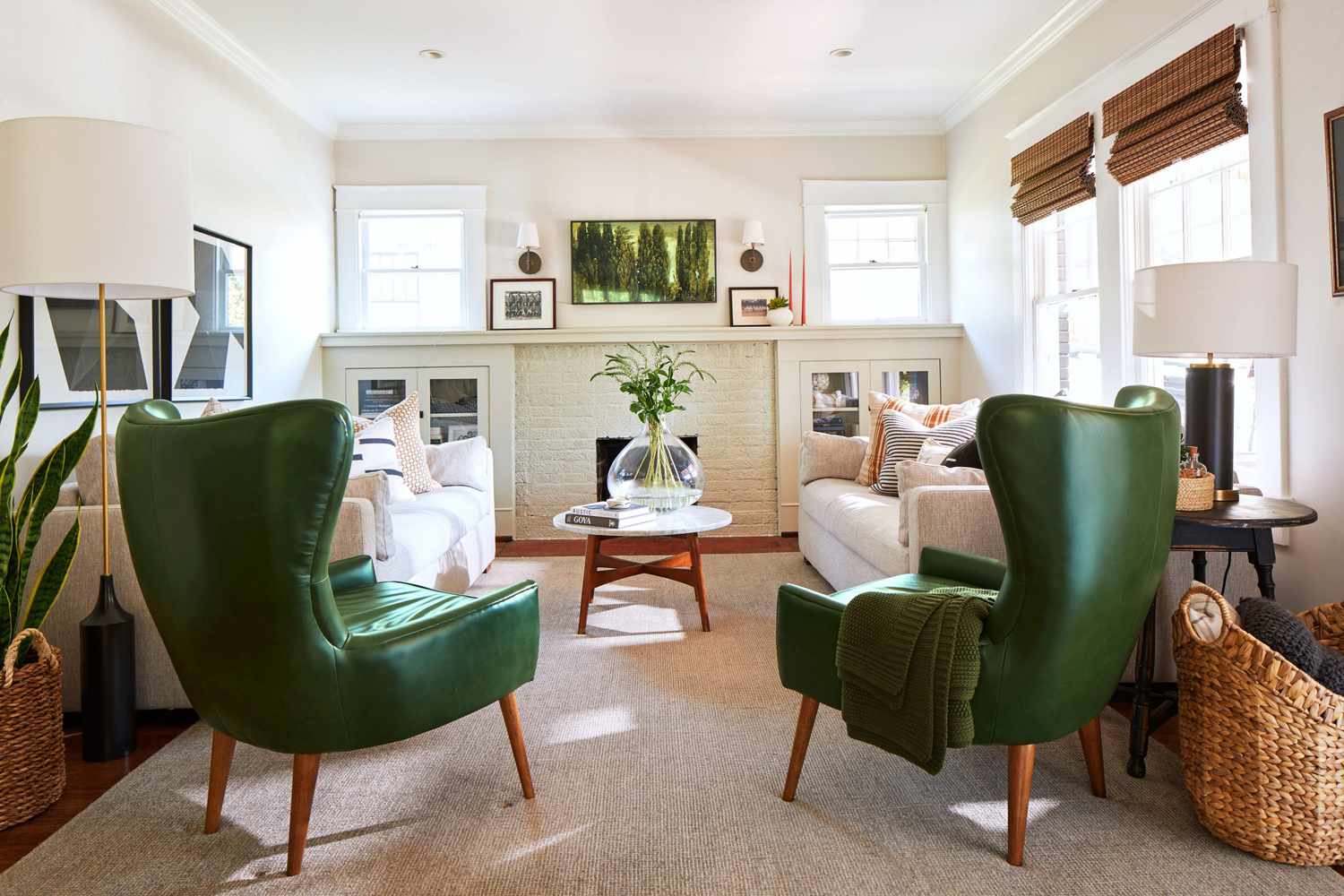
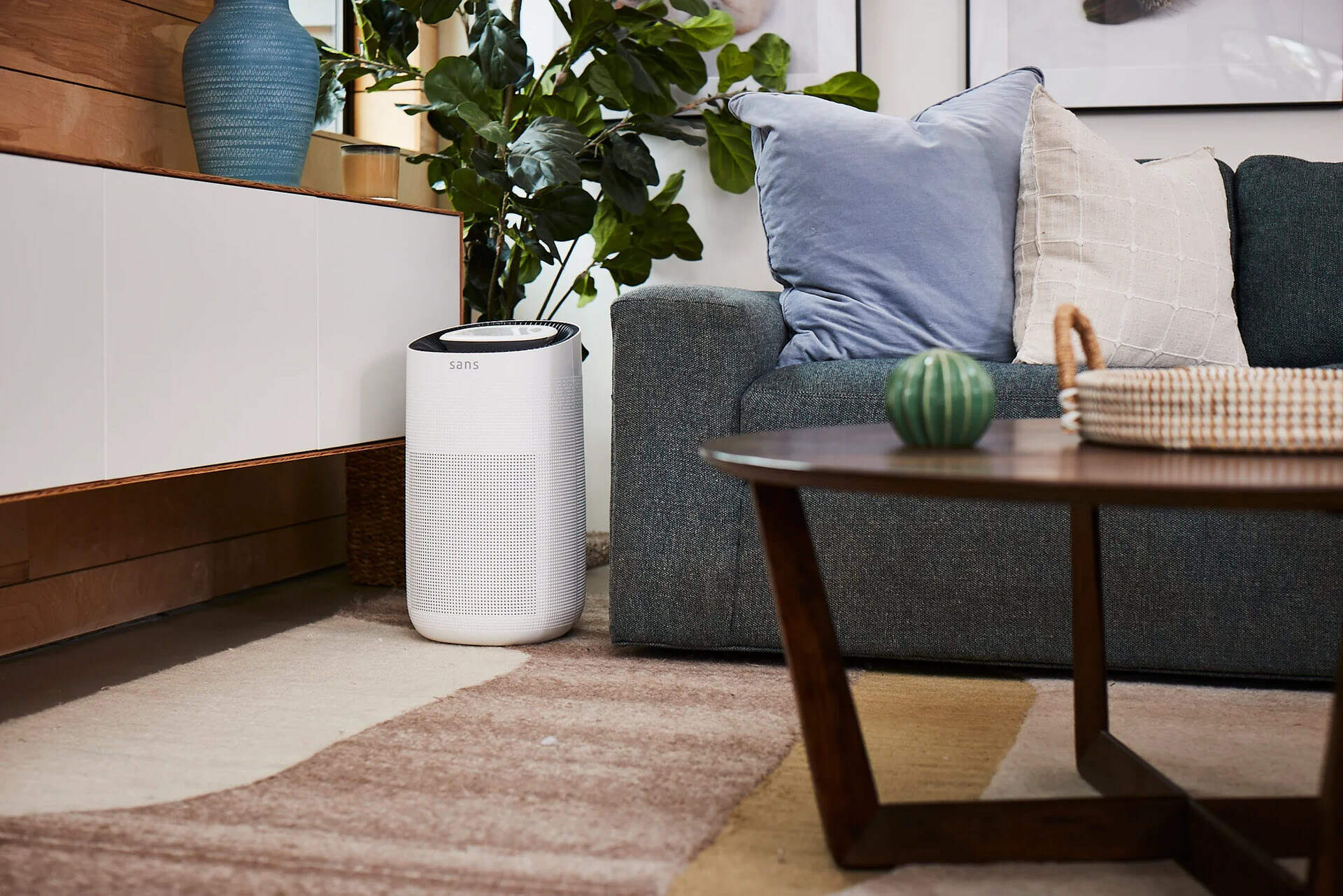
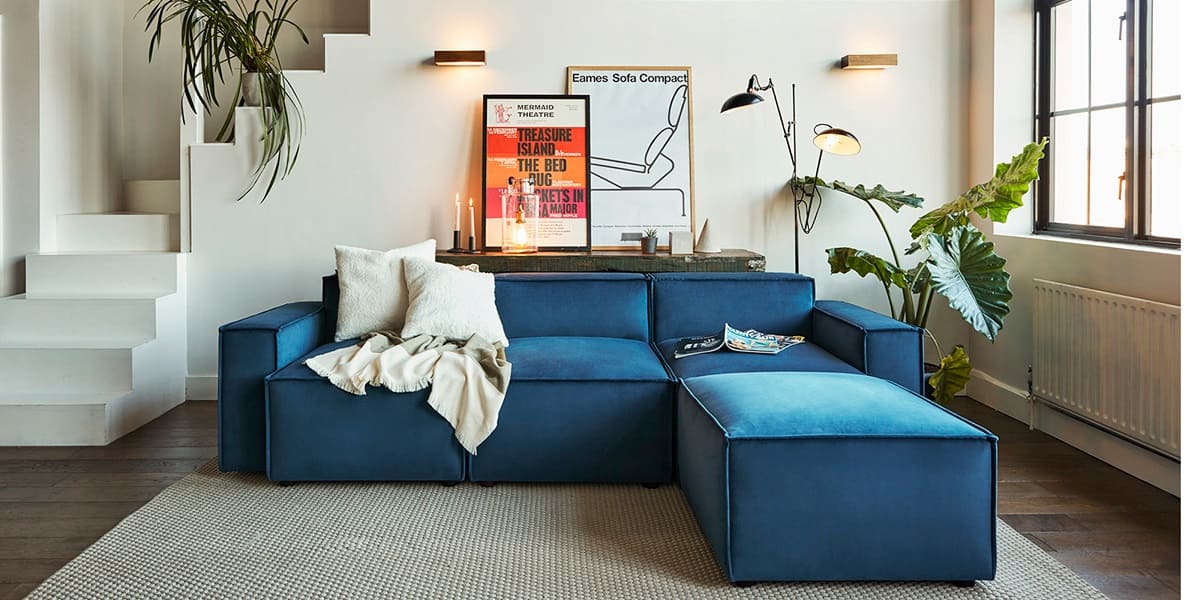
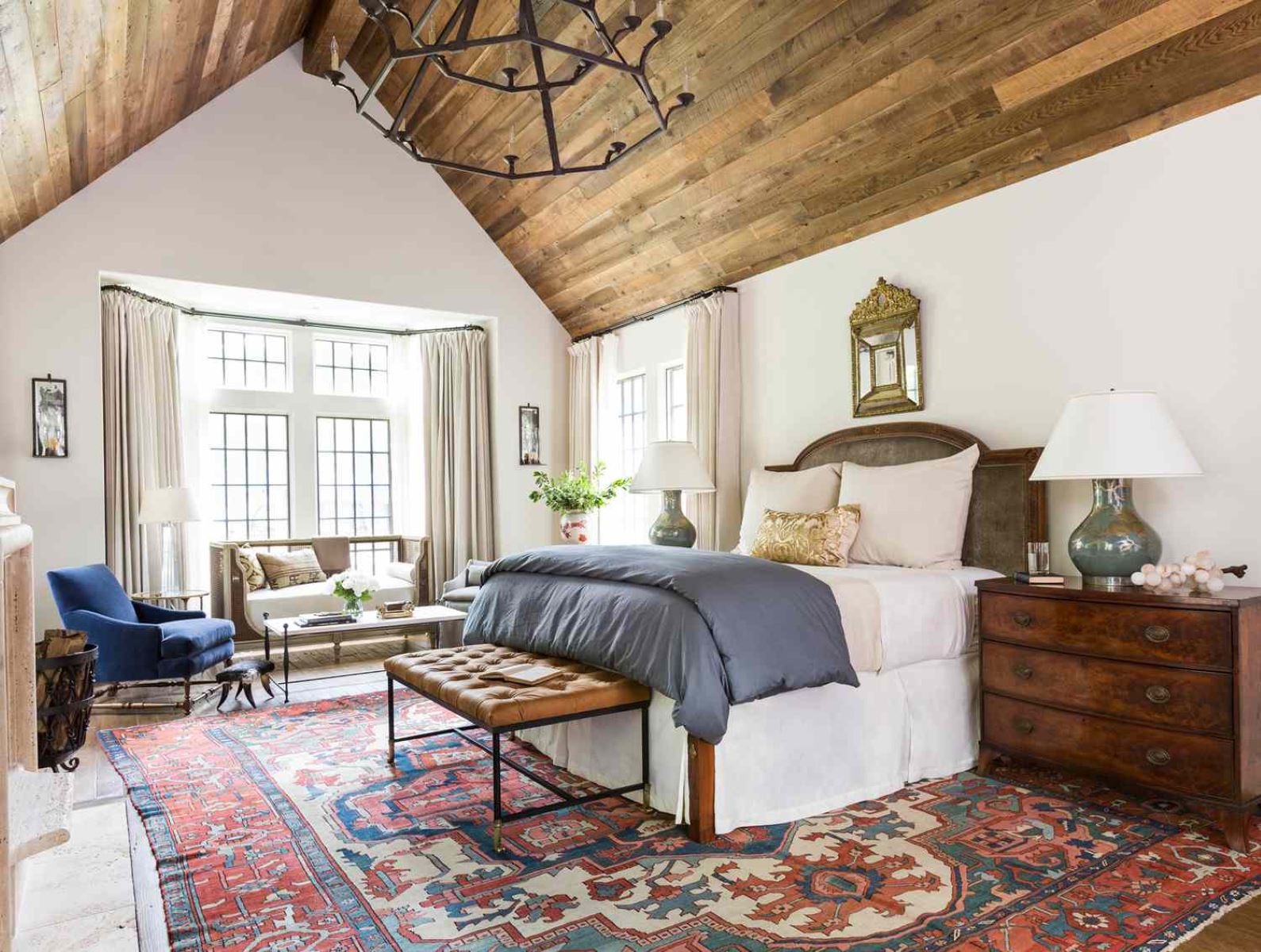
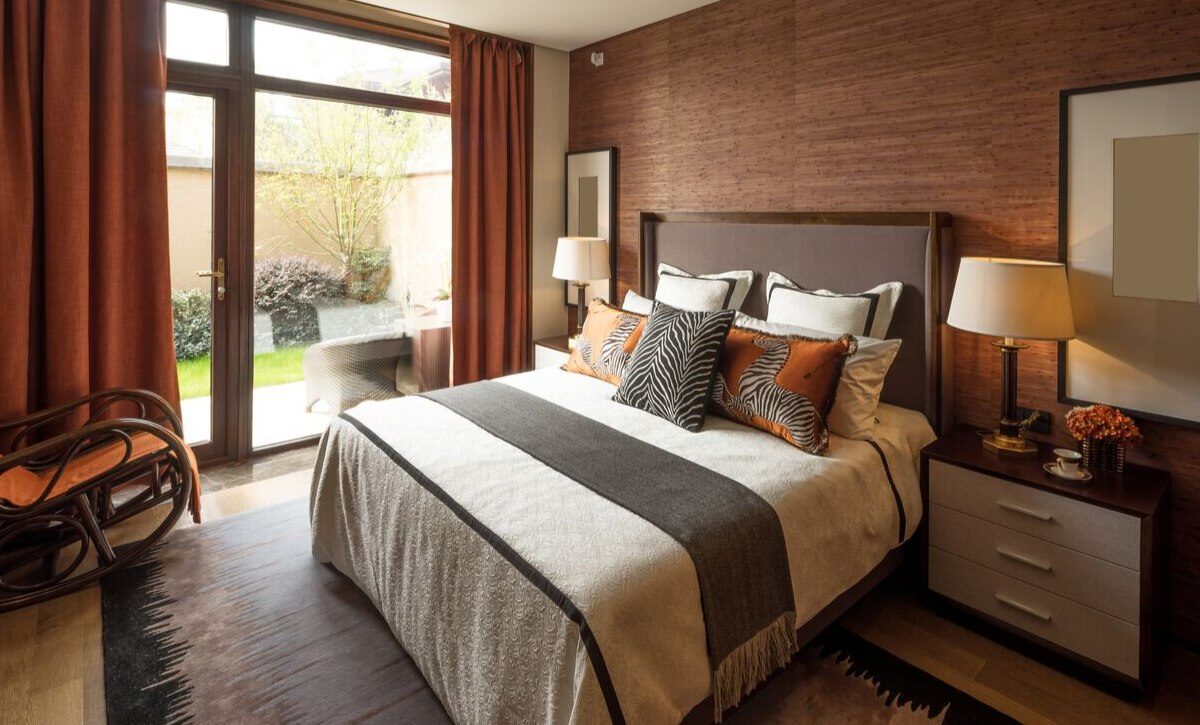
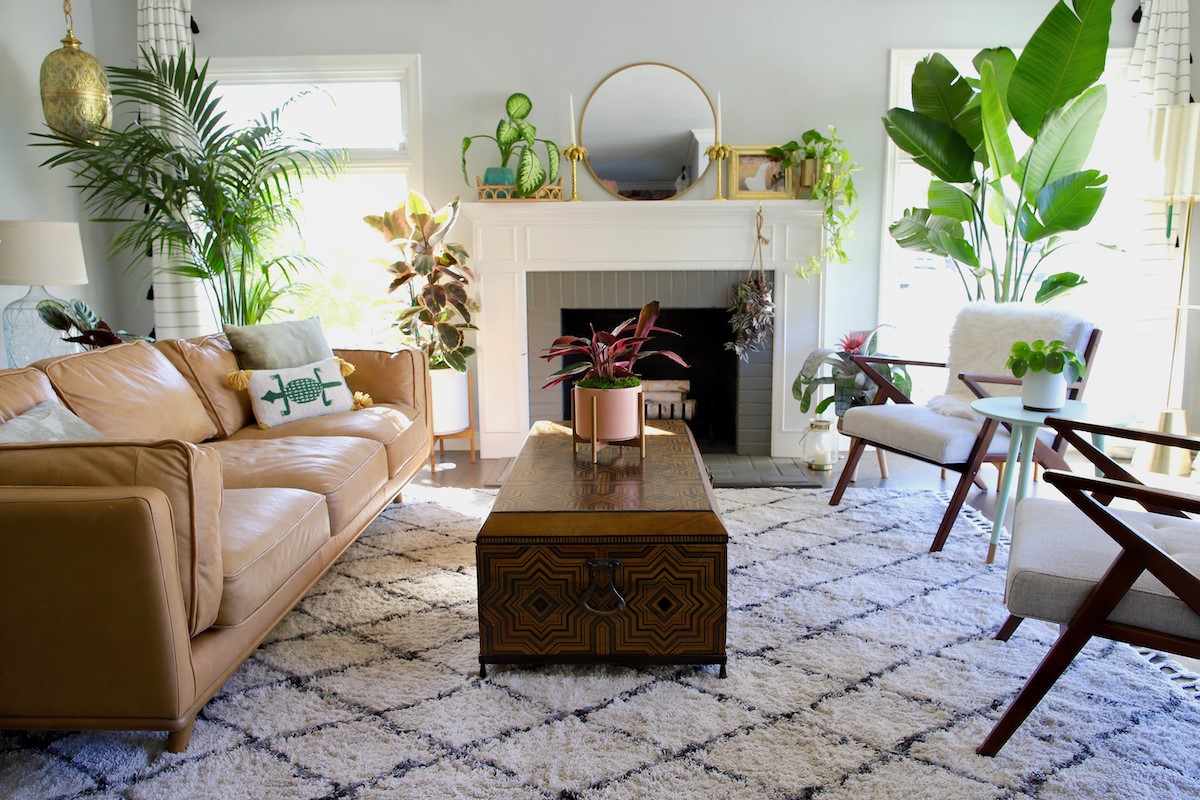
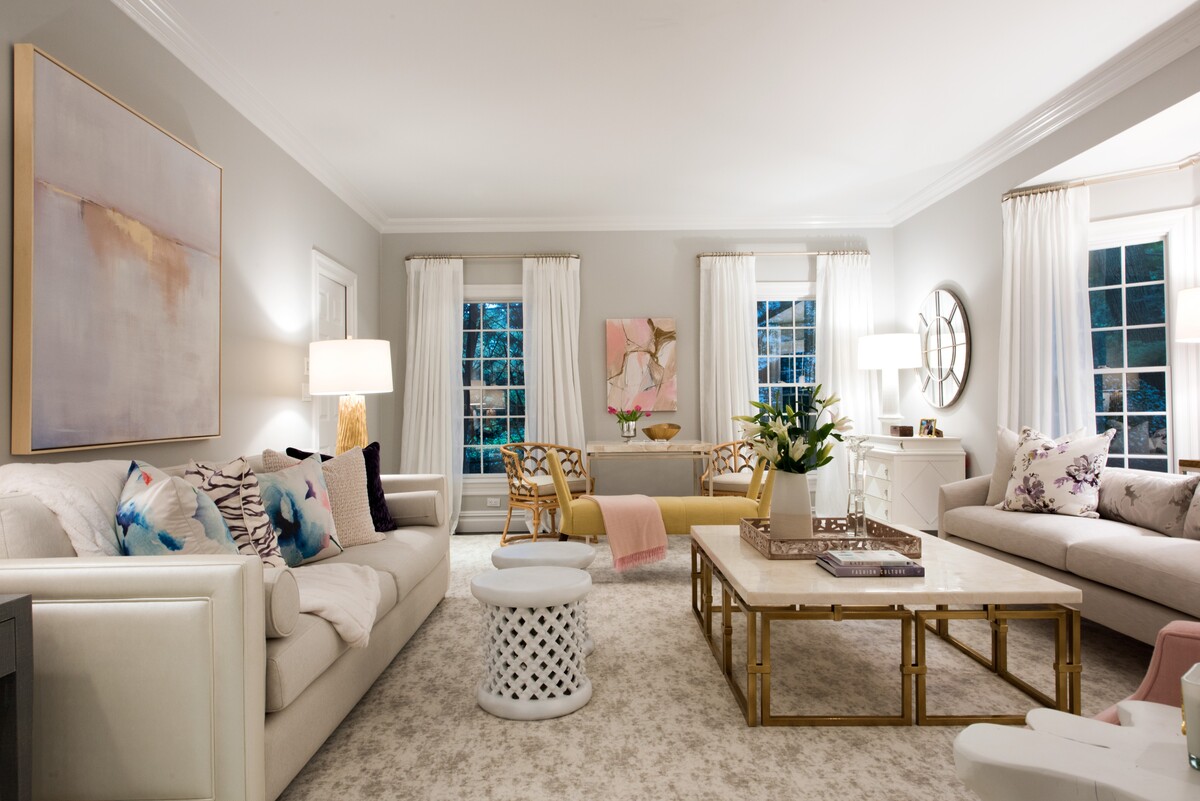
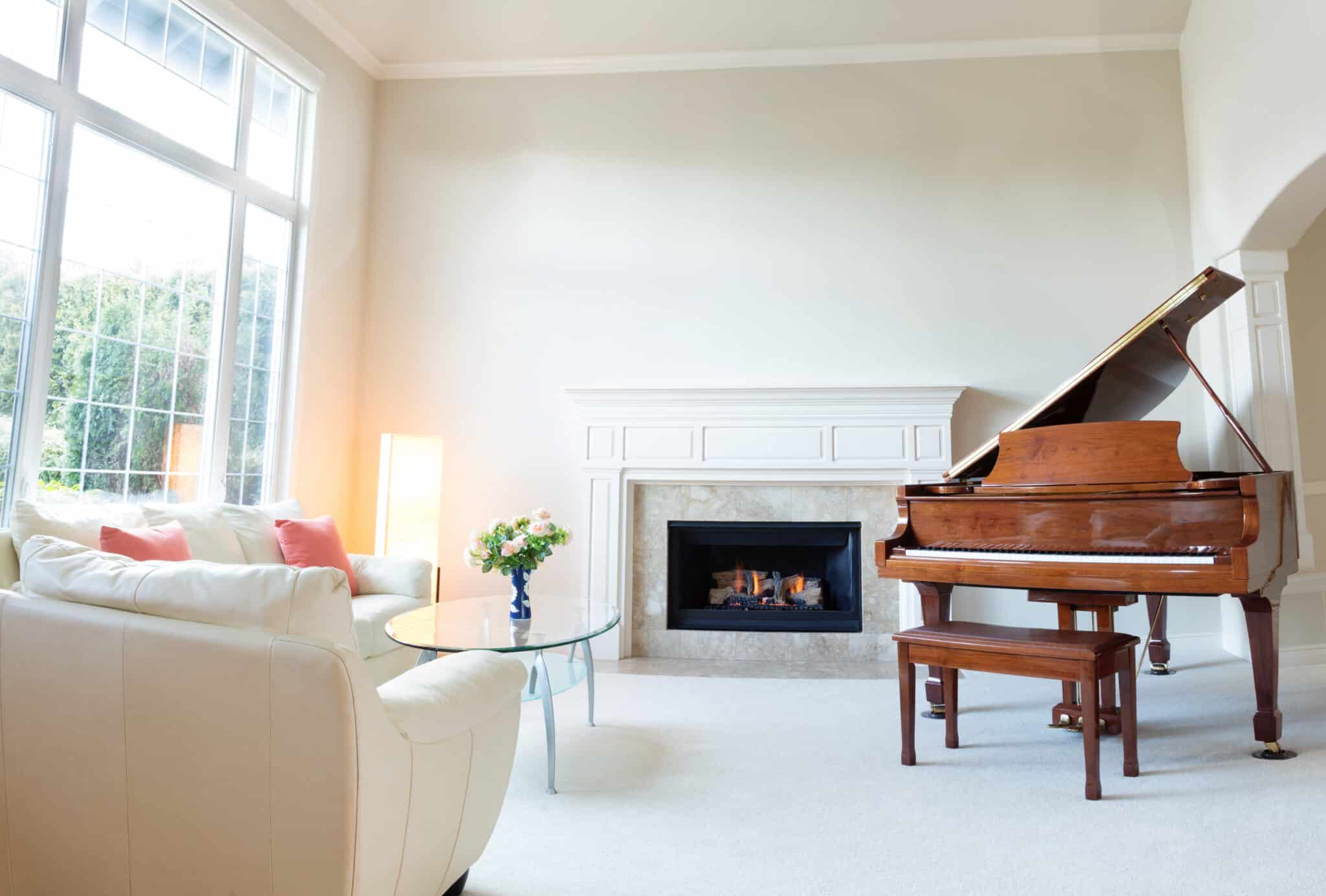

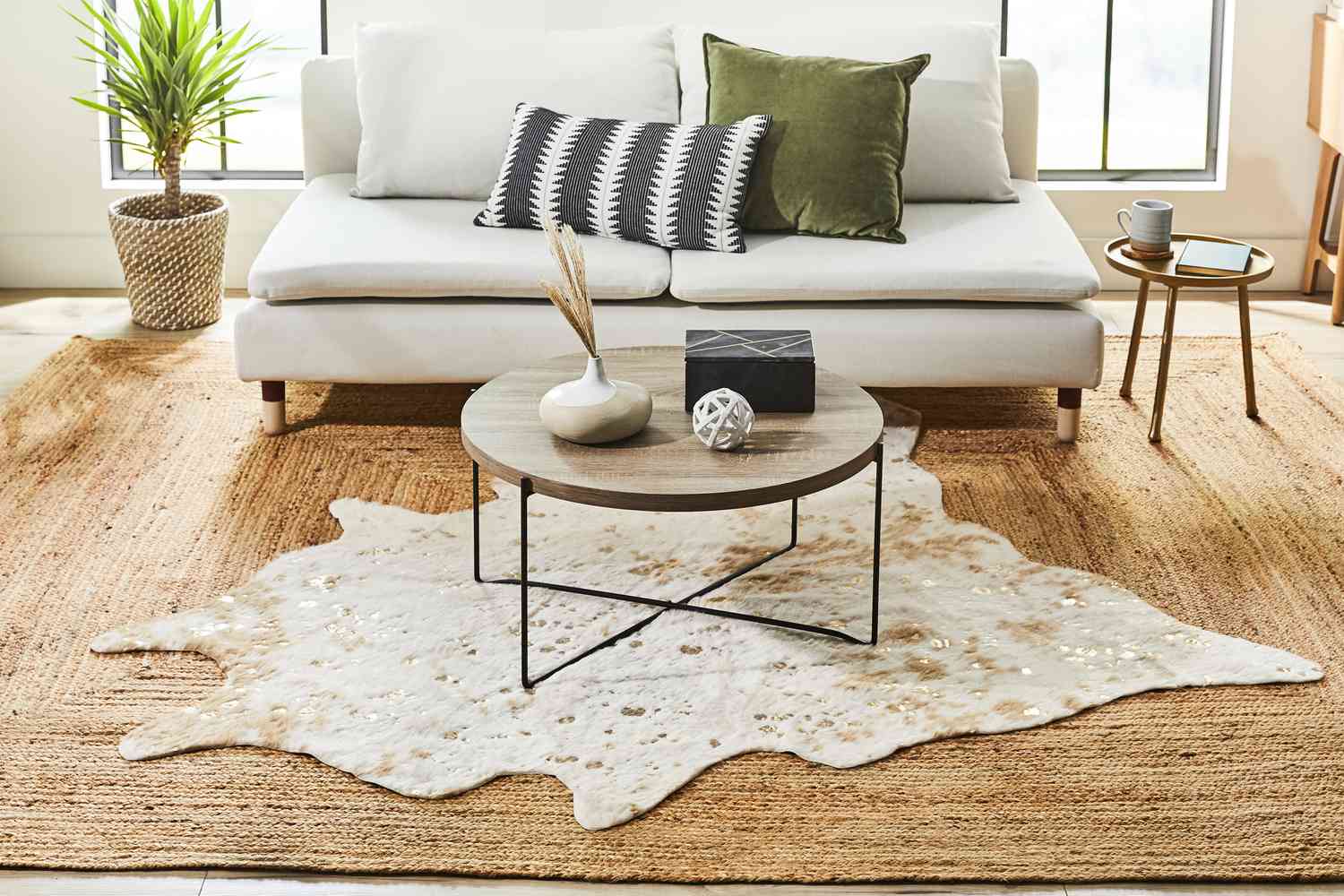

0 thoughts on “Where To Place A Rug In A Living Room”